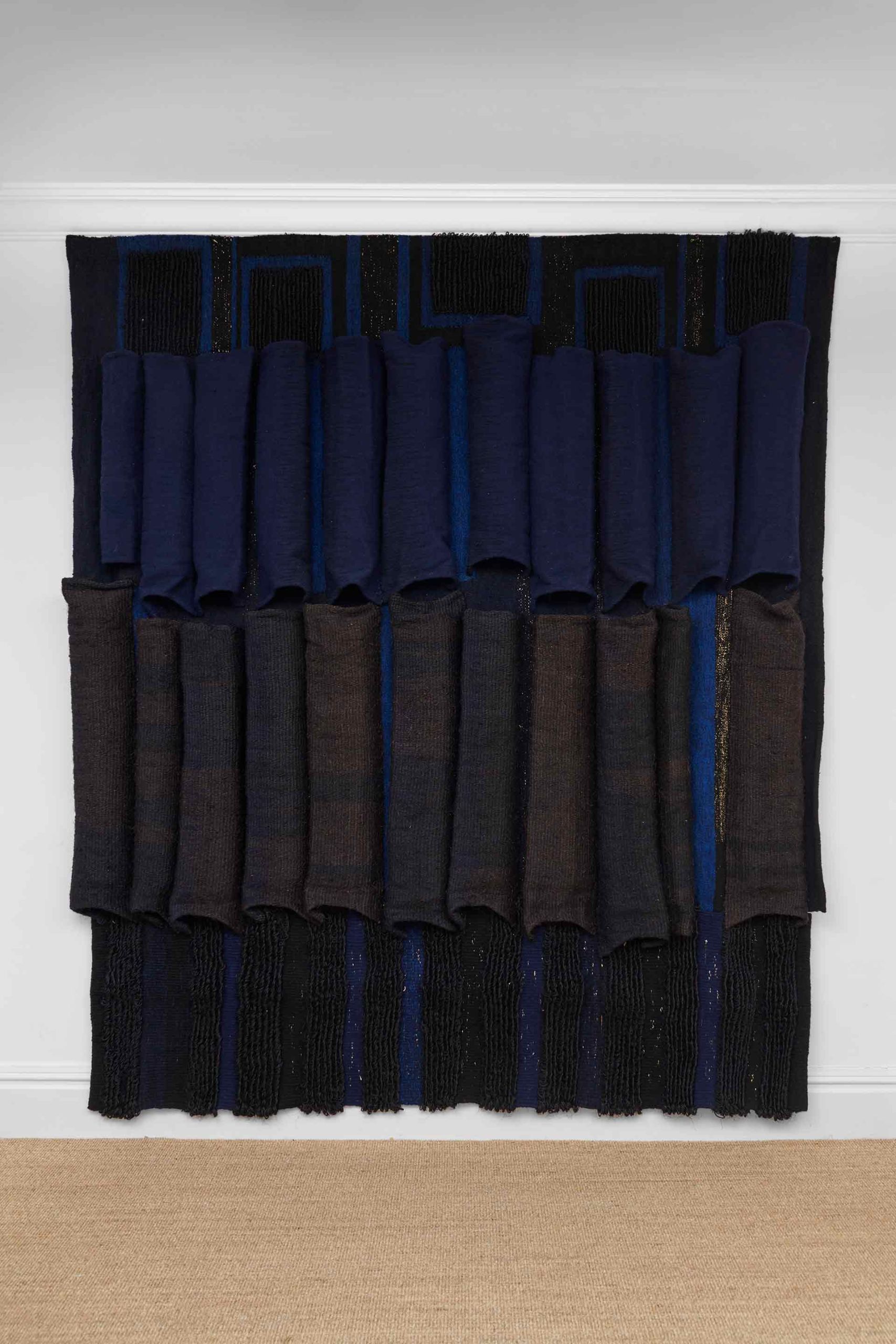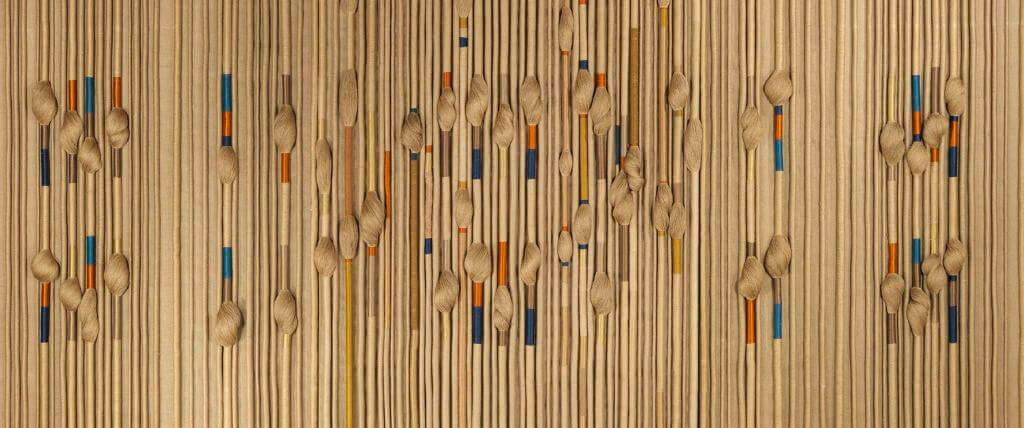Textile and Abstraction
The Wall Hangings exhibition was presented at the Museum of Modern Art in New York in 1969. This was the first time that textile works were exhibited in an art museum. Since 1962, when the Lausanne International Biennale was created, radical works by artists mainly from Eastern Europe and the United States have strived to redefine the codified language of tapestry. Their often monumental works break free from the walls to invade space. The term “New Tapestry,” which assigned these works to the realm of crafts, was progressively abandoned in favor of “Fiber Art” and “Textile Art.” The difficult dismantling of hierarchical ranking of mediums faced a certain misogyny, with textiles often being consigned to the female universe. Aurèlia Muñoz, Jagoda Buić, Sheila Hicks, and Lenore Tawney figure among the major representatives of this textile sculpture which freely asserts its independence. Their abstract works echo the concomitant development in the United States of a post-minimal sculpture of the formless, showcasing the effects of matter and texture.


